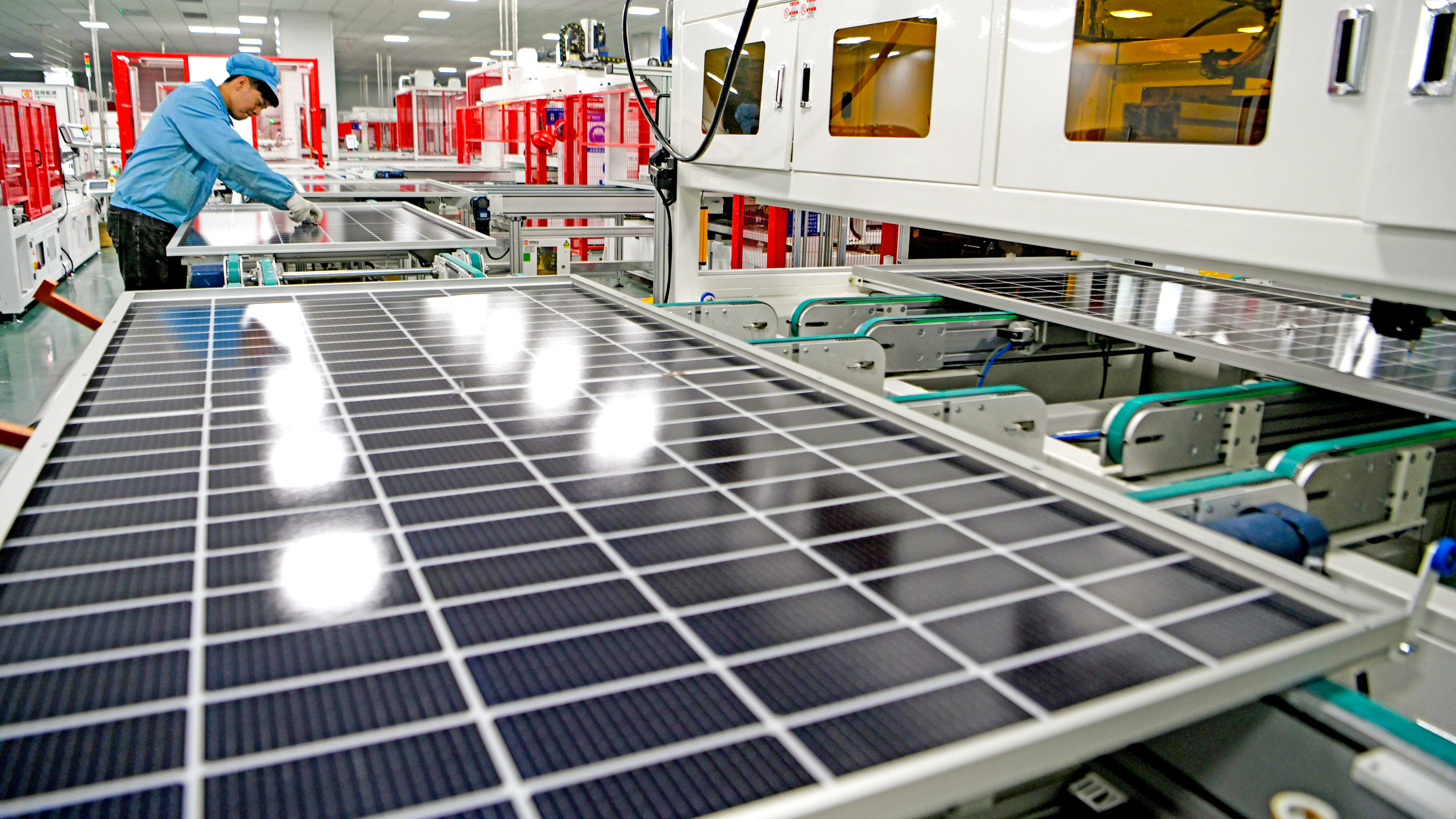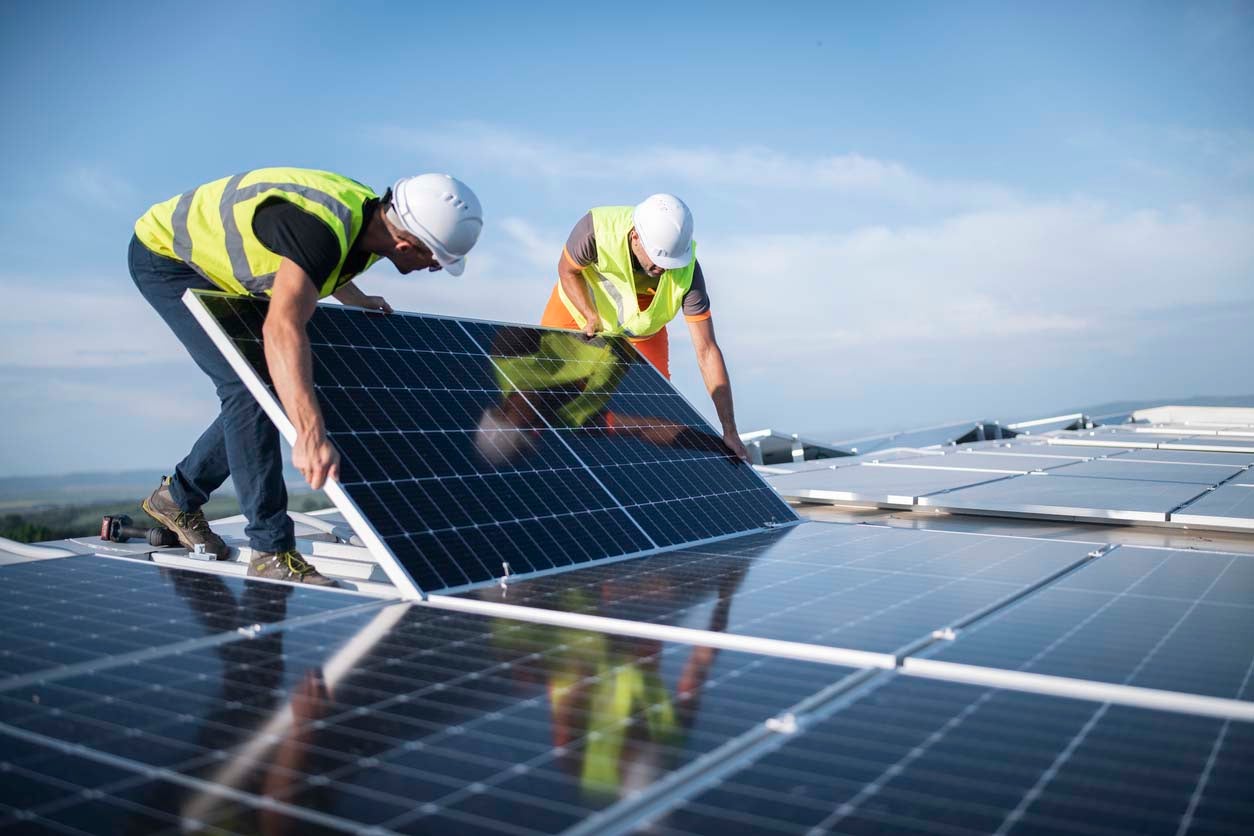Solar Energy Systems Virginia: Lumina Solar Specializes In Supplying Advanced Photovoltaic Solutions For Residences And Organizations
History and Establishing
Have you ever questioned how a photovoltaic panel business springs from a mere spark of motivation into a powerhouse of eco-friendly energy? It typically begins with a vision-- one fueled by a blend of development, determination, and a pinch of serendipity. The journey of lots of solar companies mirrors the evolution of the innovation itself: from large, ineffective panels to sleek, high-efficiency marvels harnessing the sun's bounty.
The Early Days
In the late 20th century, when solar power was still a niche principle, pioneers planted seeds for what would become an international motion. Imagine a small workshop filled with curious engineers, relentlessly exploring with solar batteries. Their passion was palpable, frequently driven by a desire to fight environment change and lower dependence on fossil fuels.
One such anecdote is about a founder who, motivated by an outdoor camping trip, understood that even in remote locations, the sun could power essential gadgets. This easy observation stimulated a business's mission to equalize access to tidy energy.
Establishing Concepts

- Development: Continually pushing the limits of solar innovation to improve efficiency and toughness.
- Sustainability: Committing to environment-friendly production and lowering carbon footprints.
- Accessibility: Making sustainable energy solutions budget-friendly and useful for everyday users.
Turning points in Development
| Year | Key Occasion |
|---|---|
| 1985 | Business founded in a small garage, focusing on research study and development. |
| 1995 | Industrial solar panel product introduced, acquiring regional attention. |
| 2005 | Expanded to international markets, welcoming international sustainable energy goals. |
| 2015 | Introduced cutting-edge photovoltaic panel technology with boosted energy conversion. |
Isn't it interesting how these incremental actions, frequently ignored, shape the energy landscape today? The photovoltaic panel business story is not practically technology; it has to do with a relentless quest for a brighter, cleaner future.

Innovations in Photovoltaic Panel Technologies
Ever discovered how some photovoltaic panels gleam brighter and last longer? It's not magic; it's the science of photovoltaic effectiveness. Modern photovoltaic panel companies invest greatly in innovations like bifacial cells, which record sunlight from both sides, boosting energy harvest without broadening roofing system space. Have you ever questioned why some panels perform better on cloudy days? That's due to advances in thin-film solar innovation, which flourishes under diffused light conditions.
Product Variations Tailored to Special Needs
One size never fits all. Photovoltaic panel providers now offer:
- Monocrystalline panels for optimum efficiency and smooth visual appeals, suitable for space-constrained rooftops.
- Polycrystalline panels, which use an affordable option without compromising too much output.
- Building-integrated photovoltaics (BIPV), combining solar tech flawlessly into architectural aspects like windows and exteriors.
Selecting the right item isn't almost upfront cost; it's about matching your environment, energy objectives, and long-term savings. For instance, homes shaded by trees require panels that master low-light circumstances, something lots of neglect until energy bills climb suddenly.
Technical Tips for Ideal Selection
- Evaluate the temperature coefficient-- lower values suggest panels lose less effectiveness on hot days.
- Look for panels with boosted anti-reflective finishings to maximize light absorption.
- Consider the panel's service warranty not simply for flaws, however for ensured power output over years.
- Don't ignore the importance of the inverter technology coupled with the panels; it can make or break your system's efficiency.
Beyond Panels: Emerging Patterns
Picture photovoltaic panels that adjust their angle automatically to chase after the sun-- tracking systems are ending up being more accessible, increasing yield significantly. Or solar tiles that blend undetectably into your roofline, transforming your home into a quiet, self-sufficient power generator. These developments are reshaping what a solar panel company offers-- not simply products, however incorporated energy solutions.
Market Existence and Global Operations
Ever question why some solar panel business appear to grow up in every corner of the world while others hardly make a ripple? The difference lies not just in technology however in mastering the art of browsing diverse markets. Broadening internationally is like planting seeds in different climates-- you should comprehend each environment's distinct conditions to flourish.
Take, for instance, the intricate dance of logistics and supply chain management. Shipping panels halfway across the world isn't simply about distance; it has to do with timing, custom-mades, tariffs, and adjusting to regional need variations. A business with robust global operations expects these variables, guaranteeing panels show up on schedule without inflating expenses. This website foresight is no little feat and frequently separates industry leaders from followers.
Secret Techniques for Expanding Market Presence
- Localized manufacturing: Establishing production hubs near target markets decreases shipping delays and import intricacies.
- Strategic partnerships: Collaborating with regional companies speeds up market penetration and develops trust.
- Adaptive item style: Tailoring solar panel tech to weather, sun strength, and facilities nuances boosts efficiency and approval.
What about the human element? Photovoltaic panel companies operating worldwide need to reconcile cultural differences and regulatory nuances without losing sight of their core objective. For instance, what works in a sun-drenched desert might fail in a damp coastal region. Sometimes, the most ingenious solution is simply listening-- soaking up regional insights to refine technology and technique.
Specialists frequently recommend a phased rollout rather than a shotgun growth. Why risk overextension when determined development develops sustainable momentum? Scaling wisely implies balancing ambition with operational resilience - Best Solar Panel Company Virginia. After all, in the race for sustainable energy dominance, patience can be as important as speed
Environmental Impact and Sustainability Practices
When photovoltaic panels initially emerged, lots of presumed they brought no environmental luggage. Nevertheless, the truth is more nuanced. The production of photovoltaic cells involves uncommon earth metals and energy-intensive procedures, which can leave a substantial carbon footprint before the panels even reach roofs. Yet, the true ecological expense depends greatly on the sustainability practices used by the photovoltaic panel business throughout the lifecycle of their products.
How frequently do we pause to consider what happens to photovoltaic panels at the end of their useful life? Unlike batteries or electronic devices, photovoltaic panels can last 25-30 years, however disposal and recycling paths remain underdeveloped in many areas. A business committed to decreasing ecological harm will have a robust prepare for recycling photovoltaic products, salvaging valuable silicon, glass, and metals to prevent garbage dump accumulation.
Key Sustainability Strategies
- Making use of low-impact production techniques that minimize water and energy consumption.
- Carrying out closed-loop systems to recycle production waste back into brand-new panels.
- Taking part in transparent supply chain audits to guarantee ethical sourcing of raw materials.
- Designing panels for simpler disassembly to assist future recycling efforts.
It deserves keeping in mind that some solar companies have originated ingenious methods, such as integrating naturally degradable parts or utilizing less hazardous chemicals during fabrication. This not just decreases environmental pressure however also sets a precedent for the market. The concern remains: can the solar market genuinely pivot towards a circular economy model without sacrificing efficiency or price?
Expert Tips for Examining Sustainability
- Ask about the business's dedication to carbon-neutral manufacturing and whether they balance out emissions.
- Examine if they partner with licensed recycling centers devoted to photovoltaic panel waste.
- Search for transparency reports detailing environmental effects and sustainability objectives.
- Think about the longevity and warranty of panels as an indirect measure of resource efficiency.
In the end, selecting solar power should imply more than simply slashing electrical power bills; it has to do with supporting a future where energy is harvested properly and waste is attentively handled. Solar panel companies that welcome this viewpoint not only light up homes however likewise cast a brighter light on sustainable innovation.